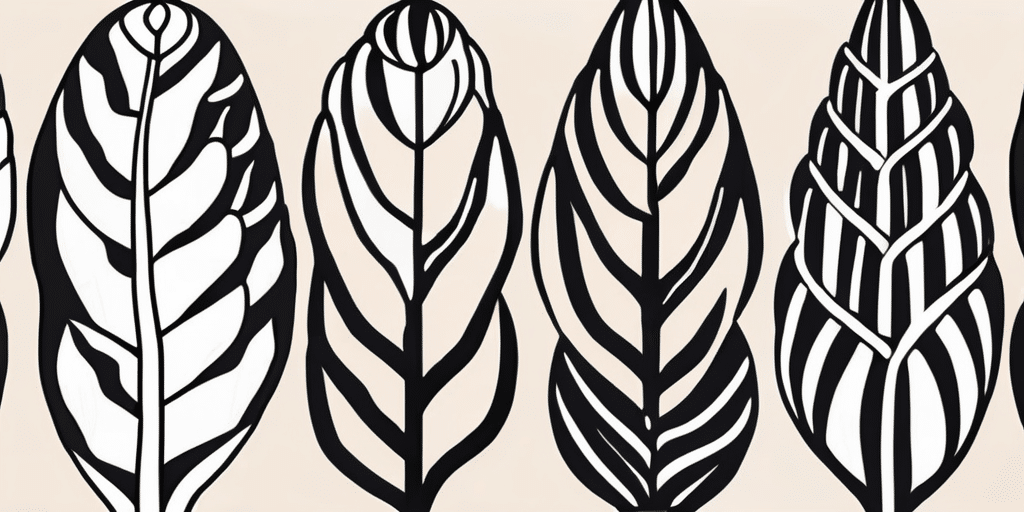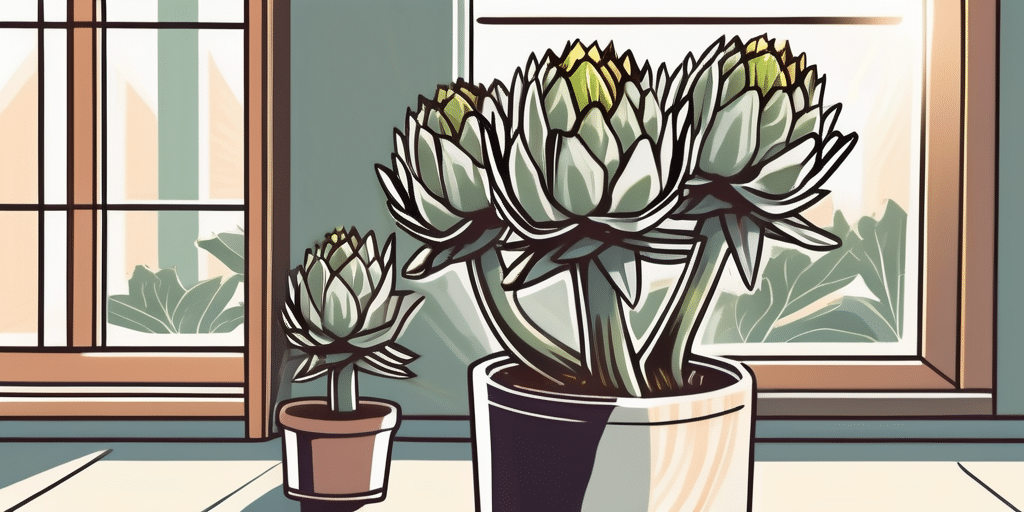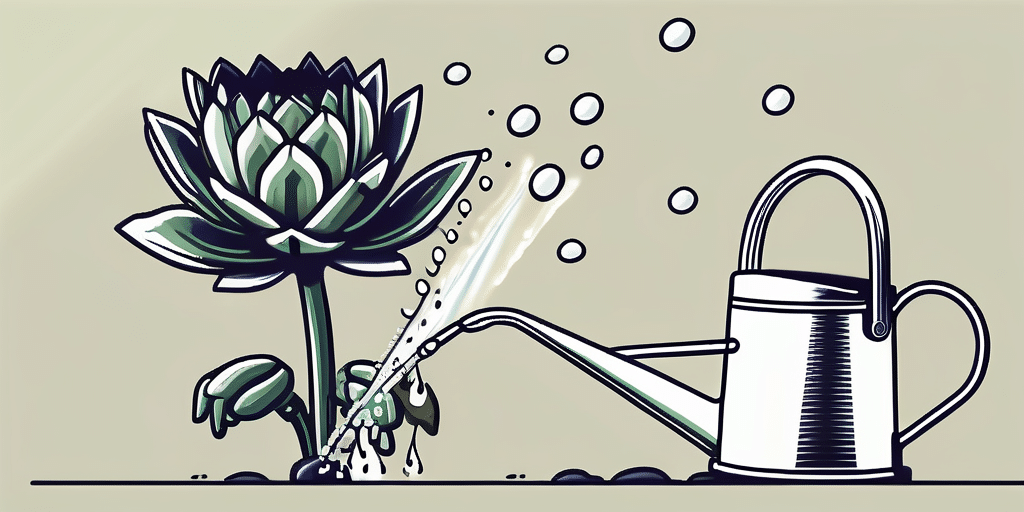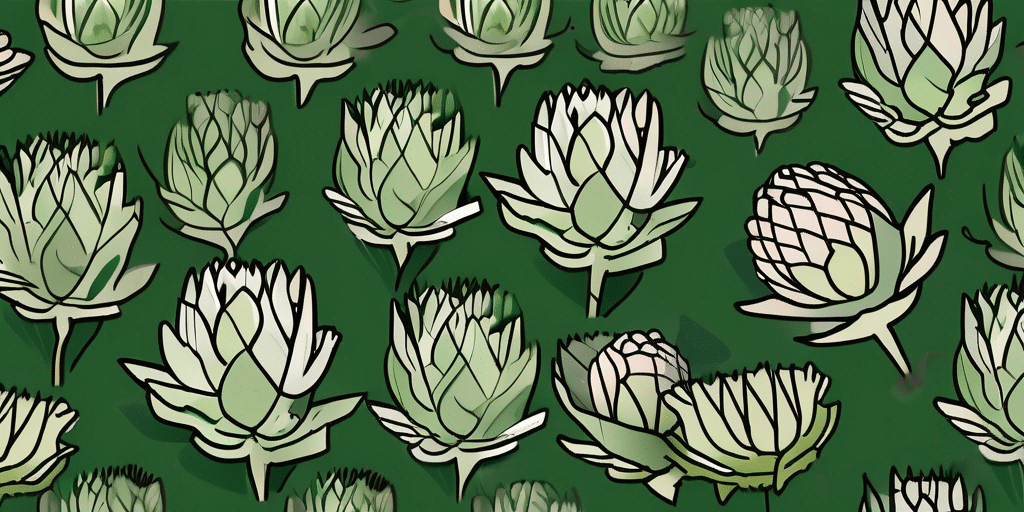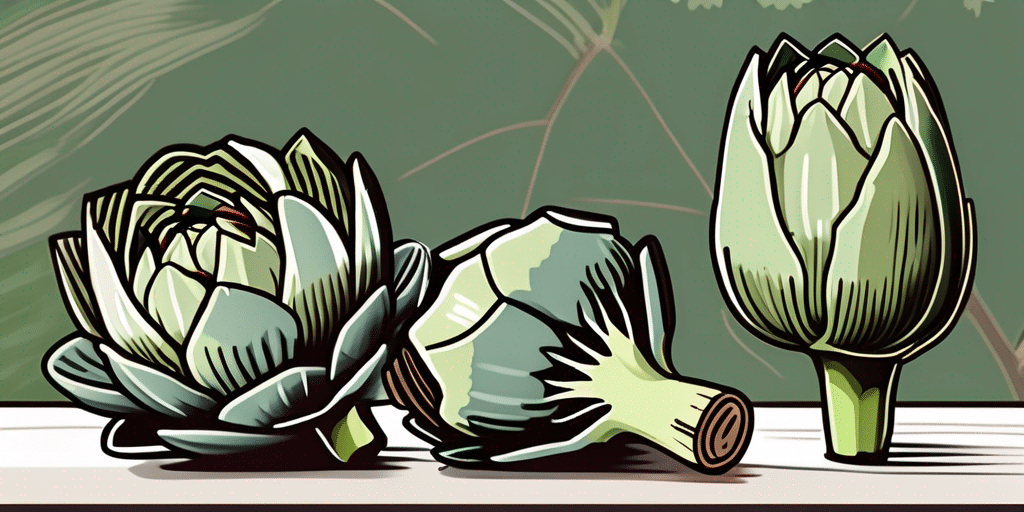Jerusalem Artichokes, also known as sunchokes, are a versatile and nutritious tuber that’s easy to grow in your own backyard. They are a great source of iron, potassium and thiamin, and they can be used in a variety of dishes, from soups to salads. But when is the right time to harvest these tubers and how should you go about it? Let’s delve into the details.
Understanding Jerusalem Artichokes
Before we discuss the harvesting process, it’s important to understand what Jerusalem Artichokes are and how they grow. Despite their name, Jerusalem Artichokes are not from Jerusalem, nor are they artichokes. They are actually a type of sunflower native to North America. The name is thought to be a corruption of the Italian word ‘girasole’, which means sunflower.
The plant produces small, knobby tubers that grow underground, similar to potatoes. These tubers are the part of the plant that is harvested and eaten. They have a sweet, nutty flavor and a crunchy texture when raw, but they become softer and more flavorful when cooked.
Planting and Growing Conditions
Jerusalem Artichokes are hardy plants that can grow in a variety of soil conditions, but they prefer well-drained soil with a pH between 5.8 and 7.0. They can tolerate partial shade but grow best in full sun. According to the Michigan State University Extension, the plants can reach heights of up to 10 feet and produce yellow, sunflower-like blooms in the late summer or early fall.
When planting Jerusalem Artichokes, it’s recommended to space the tubers about 3 to 5 feet apart to allow for ample growth. The tubers should be planted 3 to 5 inches deep in the soil. Once planted, they require minimal care, making them an excellent choice for beginner gardeners.
When to Harvest Jerusalem Artichokes
The timing of the harvest is crucial for obtaining the best flavor and texture from your Jerusalem Artichokes. While they can technically be harvested at any time once the tubers have formed, the optimal time to harvest is after the first frost in the fall. This is because the cold temperatures help to convert the starches in the tubers into sugars, enhancing their sweet, nutty flavor.
According to the University of Arkansas Division of Agriculture, if you live in a region where the ground does not freeze, you can leave the tubers in the ground all winter and harvest them as needed. Just be sure to harvest all remaining tubers before the spring, as any left in the ground will sprout into new plants.
How to Harvest Jerusalem Artichokes
Harvesting Jerusalem Artichokes is a straightforward process that requires just a few simple tools. Here’s a step-by-step guide on how to do it:
- Wait until after the first frost in the fall. The leaves of the plant should be yellow and starting to wilt.
- Use a garden fork or a spade to carefully dig around the base of the plant. Be careful not to damage the tubers.
- Lift the plant out of the ground and shake off any excess soil.
- Use your hands to remove the tubers from the plant. They should come off easily.
- Brush off any remaining soil and let the tubers dry before storing them.
It’s important to handle the tubers gently to prevent bruising, as bruised tubers can rot during storage. Also, be sure to harvest on a dry day, as wet tubers can also rot.
Storing Jerusalem Artichokes
Once harvested, Jerusalem Artichokes can be stored for several months if kept in the right conditions. Here’s how to store them:
- Do not wash the tubers until you’re ready to use them. Washing can remove the protective layer of soil and cause the tubers to spoil faster.
- Store the tubers in a cool, dark place with good ventilation. A cellar or a refrigerator is ideal.
- Keep the tubers in a container filled with slightly damp sand or peat moss. This helps to maintain the right level of humidity and prevents the tubers from drying out.
With proper storage, Jerusalem Artichokes can be kept for up to six months. However, they are best when eaten fresh, so try to use them within a few weeks of harvesting if possible.
Conclusion
Jerusalem Artichokes are a delicious and nutritious addition to any garden. With their minimal care requirements and versatile culinary uses, they are a great choice for both beginner and experienced gardeners. By understanding the right time and method to harvest these tubers, you can ensure that you get the most out of your crop. So why not give Jerusalem Artichokes a try in your garden this year?
Join Our Gardening Community
Ready to take your gardening skills to the next level? Subscribe for free to How to Grow Everything and learn how to build the garden of your dreams! Receive personalized gardening advice tailored to your specific location, grow zone, and experience level. Enjoy the best gardening tips, special offers, and deals delivered straight to your inbox—100% free, no spam, just pure gardening gold. Join our family of green thumbs and transform your garden today!


